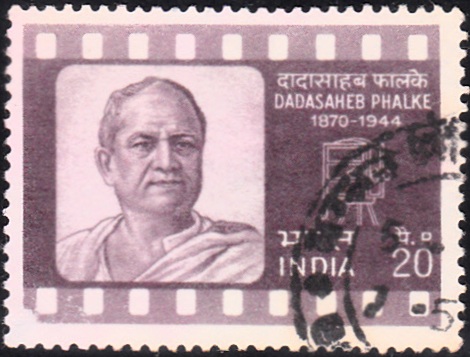
Dadasaheb Phalke
A commemorative postage stamp on the Birth Centenary of Dada Saheb Phalke, father of Indian cinema :
Issued on Apr 30, 1971
Issued for : The Posts and Telegraphs Department is proud to celebrate the memory of this great sage of cinema by issuing a special commemorative stamp in his honour.
Description of Design : The design of the stamp is horizontal and depicts a portrait of Dadasaheb Phalke on the background of a film strip. A line drawing of cine camera is also shown.
Type : Stamp, Postal Used
Colour : Plum
Denomination : 20 Paise
Overall Size : 3.91 X 2.90 cms.
Printing Size : 3.56 X 2.54 cms.
Perforation : 13 x 13
Watermark : Printed on unwatermarked adhesive stamp paper
Number Printed : 30,00,000
Number per issue sheet : 35
Printing Process : Photogravure
Designed and Printed at : India Security Press
Name : Dhundiraj Govind Phalke
Born on Apr 30, 1870 at Tryambakeshwar, Bombay Presidency, British India
Died on Feb 16, 1944 at Nashik, Bombay, British India
About :
- Dadasaheb Phalke has been described as ‘Chitrapat Maharishi‘ – the great sage of cinema. It is not known who conferred on him this honorific term. However, it seems to be most appropriate epithet to describe the great pioneer in film industry.
- Born at Trymbak, 29 kilometers from Nasik on April 30, 1870 and son of Dajishastri Phalke, some time Professor of Sanskrit in the Wilson College, Bombay, Phalke had inherited the best of habits and culture of a typical Hindu joint family of those days. Through tradition, Phalke was already well-versed in the great epics, Ramayana and Mahabharata in his childhood and also had studied Vedas, Upanishadas, Shastras and Puranas, which was the way of life in his family. It was this knowledge and learning – particularly in Puranas – which came handy at the time of his early mythological film productions.
- Phalke had his early education at Trymbak and thence at Bombay. After completing his school education, Phalke joined the J. J. School of Arts, Bombay in 1885.
- Due to certain family circumstances, Phalke had to move over to Baroda with his elder brother to continue his art studies at the famous Kalabhavan, Baroda. Professor Gajjar, the then Principal of Kalabhavan had a knack of spotting talent in his students. Accordingly, it is not surprising that Prof. Gajjar soon spotted Phalke. Prof. Gajjar gave complete charge of Kalabhavan’s photographic studio to Phalke. Phalke utilised the up-to-date library of Kalabhavan to the fullest extent.
- Through force of circumstances, Phalke had to make a living as a portrait photographer and also as a scene-painter for drama companies for some years.
- In 1903, he accepted a job in Government of India‘s Archaeological Department as a draughtsman and Photographer. Moreover, Phalke was interested in starting his halftone block making industry. In fact, he had received a Silver Medal in a Bombay exhibition for a half-tone block made out of Ravi Varma paintings.
- It was when Phalke opened his own business, ‘Phalke Engraving and Printing Works’, that he really came into his own element for the first time. He had received praise and appreciation for his half-tone engraving from such overseas trade journals as American Printer and British Printer. In 1909, he went to Germany to get up-to-date machinery for three–colour process for his fast expanding works.
- The viewing of films every day for analytical study, conducting experiments in film-making with imported miniature camera for long uncertain hours had adversely affected his eye-sight. However, he had a keen desire for establishing a new swadeshi film industry.
- Phalke‘s constant consideration of cinema as an art form can be compared with his European counterpart, the French pioneer, Georges Melies. Though Melies was not Phalke‘s contemporary, both have played the role of ‘Initiator of filmic art’. Moreover, their writings on this subject also do not show much gap of time. Phalke‘s understanding of the medium and its potentialities made it possible for him to handle the same freely for different purposes.
- Moreover, Phalke had a thorough knowledge as cameraman, art director and script writer of his films. He himself edited and processed them with the help of his wife. As regards script writing too, Phalke meticulously distinguished it from any literary form wherein language played an important role.
- It is creditable that no aspect of film culture has escaped Phalke‘s notice including film teaching. He considered the foundation of a film school necessary. In 1917, he mentioned in his writings that institutions imparting training in screenplay writing and action is absolutely necessary for the promotion of film industry.
- Phalke‘s role as “Initiator of the Cinematographic Art” stands unrivalled in the history of Indian cinema and combining in one personality the roles of the first film Director and the Father of the film industry.



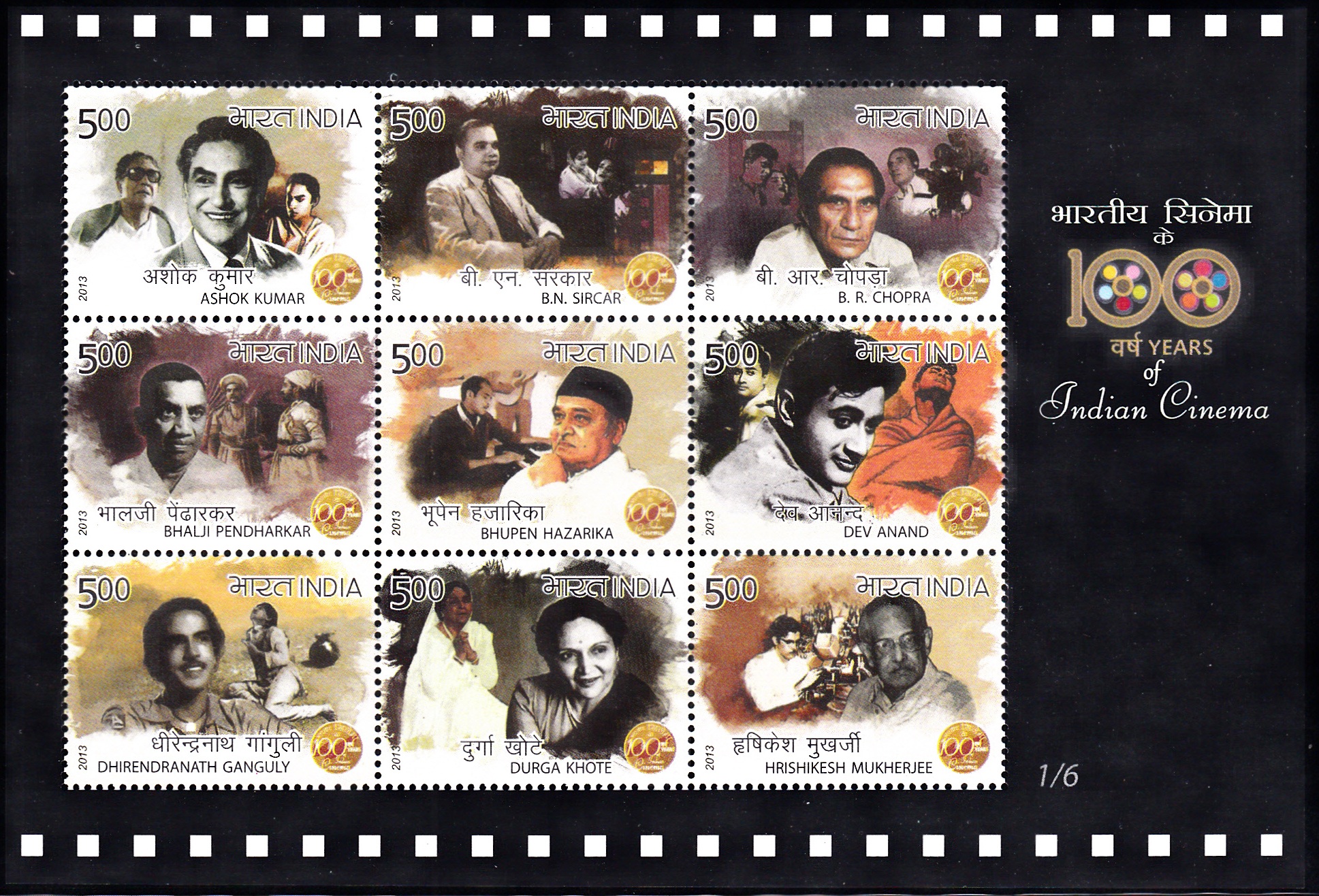
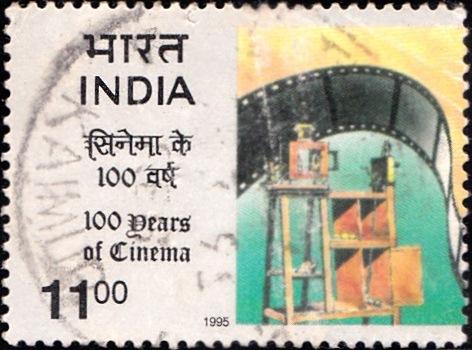

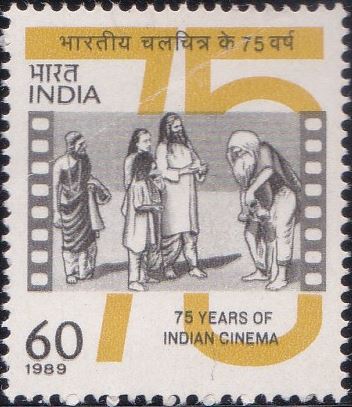

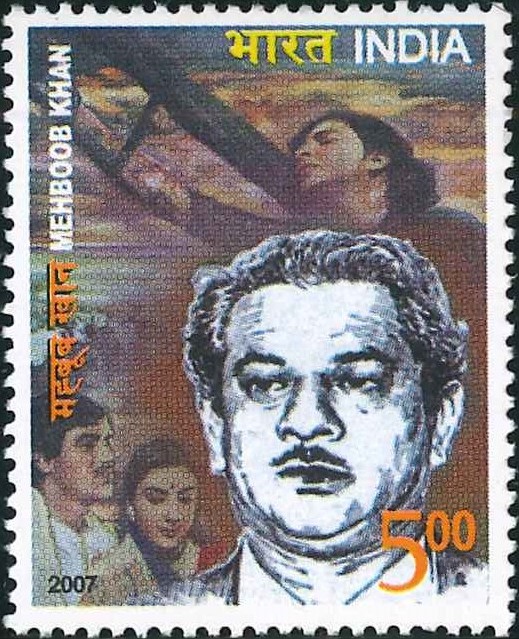
[…] being the Padma Bhushan (1984), Chevalier of Arts title of the French Government (1995) and the Dada Saheb Phalke Award […]
[…] the foundations laid by the pioneers such as Harishchandra Sakharam Bhatwadekar, J.F. Madan and Dada Saheb Phalke, the father of Indian […]
[…] Hotel, Bombay. Very soon, the great Indian entrepreneur Dhundiraj Govind Phalke (popularly known as Dadasaheb Phalke) successfully produced the First Indian Story film “RAJA HARISHCHANDRA“ in 1913 – […]
[…] Kavi Pradeep was one of the legendary Hindi film lyricists who won several awards such as ‘Dadasaheb Phalke Award’. He was conferred with Sant Gyaneshwar Award, Chhatrapati Shivaji Award and was also […]
[…] B. Nagi Reddi has won a number of awards including the most prestigious one, the Dada Saheb Phalke Award in 1986. He was also given Raghupathi Venkiah Award by the A.P. Government in the year 1987. […]
[…] Government of India conferred the Padma Bhushan and he also received the “Dada Saheb Phalke Award” for his significant contribution to Indian […]
[…] Reddi won Dadasaheb Phalke Award in 1975 becoming first person in Telugu film industry and second person from South India to […]
[…] the world. He was honoured with the Padma Shri in 1971, the Padma Bhushan in 2005, and the Dadasaheb Phalke Award in […]
[…] of ‘Sursagar’ and ‘Sangeet Ratnakar’. He was awarded the “Padmashree”, in 1970, and the Dadasaheb Phalke award in 1972. Several other felicitations came his way, including the BFJA (Bengal Film […]
[…] great movie maker, the prominent among them being the Padma Vibhushan (awarded posthumously), the Dada Saheb Phalke Award and honorary Doctorate of Nagpur […]
[…] of India Awards: He received prestigious awards such as the Padma Shri, Padma Bhushan, Dada Saheb Phalke Award, and Padma Vibhushan. These awards are among the highest honors given to individuals for […]